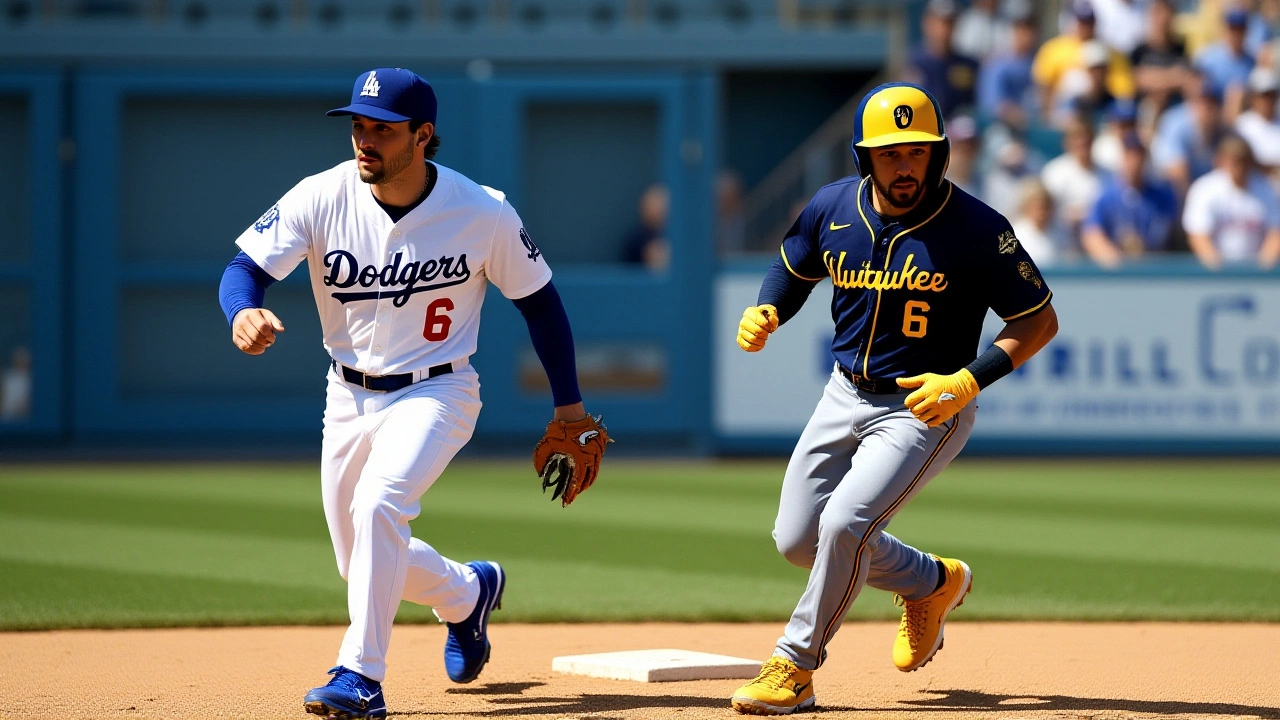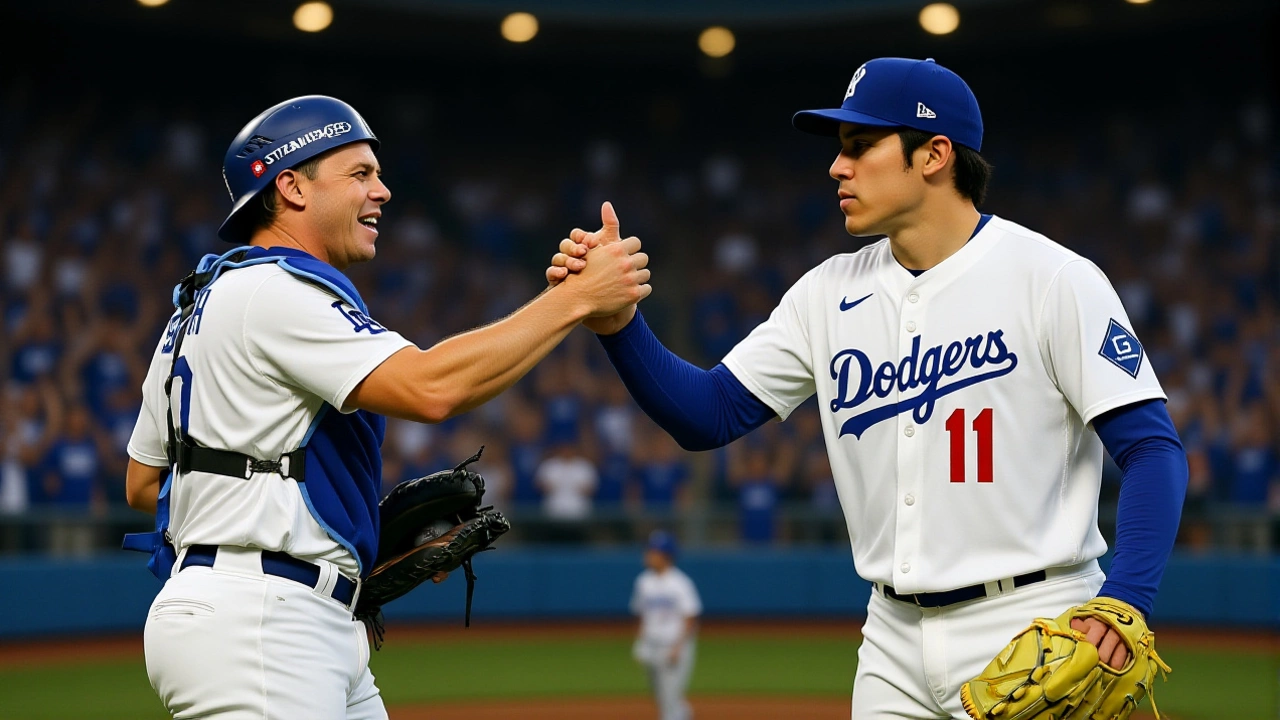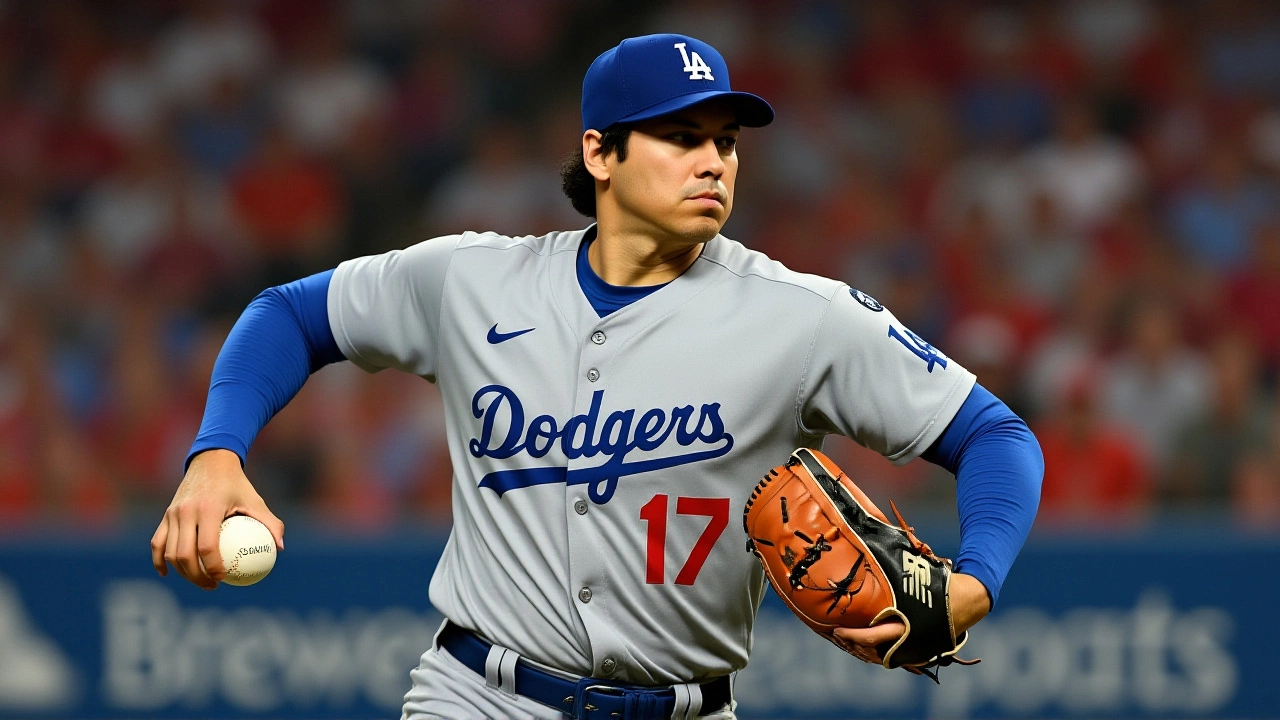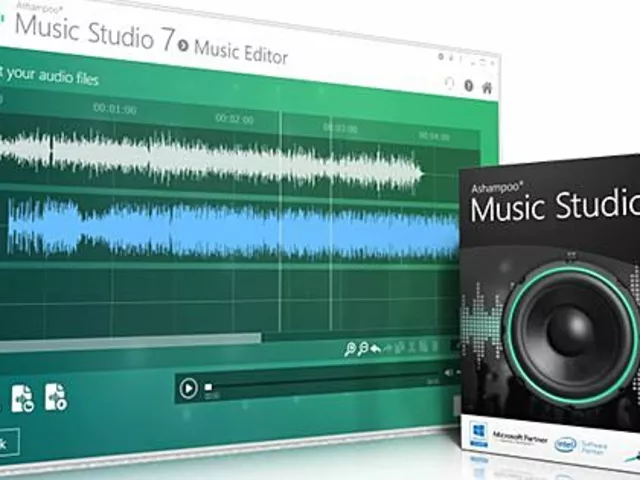When Shohei Ohtani, the two‑way star of the Los Angeles Dodgers, tossed six scoreless innings and launched three homers on Friday, the Milwaukee Brewers finally saw the writing on the wall: their 2025 National League Championship Series hopes were over.
Played at Dodger Stadium during NLCS Game 4Los Angeles, California, the matchup aired on TBS at 8:38 p.m. ET. With the Dodgers already up 3‑0, the game was a potential elimination showdown for the Brewers, who entered with the league’s best regular‑season record (97‑65) and a potent offense that had led the NL in on‑base percentage.
Why Game 4 mattered
The series was already tilting heavily in Los Angeles’ favor, but a win for Milwaukee would have forced a Game 5 and given the underdog a chance to reset. Instead, the Dodgers were looking to seal a four‑game sweep, clinching a World Series berth without the fatigue of an extra outing. For the Brewers, the stakes were simple: survive or go home.
Ohtani’s historic dual‑threat display
Before the night was over, Ohtani had accomplished something that hadn’t been seen since the early days of the modern era: he struck out 10 batters over six innings while simultaneously smacking three solo home runs, including a 469‑foot monster that cleared the right‑field pavilion – the longest homer at the stadium this season.
The Japanese phenom entered the game with a 1‑0 postseason record and a 4.50 ERA. By the seventh inning, he had already retired 10 of 12 batters faced. When Christian Yelich drew a leadoff walk and William Contreras singled, Dave Roberts, the Dodgers’ manager, pulled Ohtani and called on reliever Alex Vesia. The move sparked a brief scramble, but the lead never wavered.
How the Dodgers’ rotation dominated the series
Ohtani’s performance capped a run that began with Blake Snell flirting with a minimum‑effort win in Game 1, continued with Yoshinobu Yamamoto delivering the first postseason complete game in eight years in Game 2, and featured Tyler Glasnow holding the line in Game 3. Across the four contests, the Dodgers’ staff posted a collective 0.63 ERA, racking up 35 strikeouts in just 28.2 innings. In total, they produced quality starts in nine of ten postseason outings, allowing one or no earned runs in seven of those games.

Why the Brewers’ offense fell silent
During the regular season, Milwaukee’s lineup was a machine: they led the National League in on‑base percentage and tied for the league’s highest batting average, often wearing down opponents with patient counts and aggressive baserunning. In the NLCS, however, they were held to two hits in Game 1, three in Game 2, and four in Game 3. Against the Dodgers’ elite rotation, the Brewers managed just a single hit – a lone single by Contreras in Game 4 – and could not generate any momentum.
Analysts at Fox Sports noted that the Dodgers’ “elite command and late‑inning stamina” neutralized Milwaukee’s “speed‑first approach.” The result was a stark contrast between regular‑season dominance and postseason futility.
Reactions from the dugouts
After the final out, Dave Roberts praised his staff’s resilience: “We trusted our guys, and they delivered when it mattered most. Shohei showed why he’s special, but baseball is a team sport.”
On the Brewers’ side, manager Pat Murphy kept a measured tone: “We gave it everything we had. The Dodgers were just better tonight. It’s disappointing, but we’ll learn from this.”

What the sweep means for the World Series
With the NLCS concluded, the Dodgers now set their sights on the American League champion, the New York Yankees, who finished the season 99‑63. Los Angeles enters the Fall Classic with a rested bullpen, an offense firing on all cylinders, and the confidence that comes from a decisive series win.
For Milwaukee, the loss ends a season that promised a deep playoff run based on statistical superiority. The Brewers will likely reassess their approach to hitting against elite arms, while the front office may consider tweaks to the roster in preparation for next year’s campaign.
Key takeaways
- The Dodgers completed a 4‑0 sweep of the NLCS, advancing to the World Series.
- Shohei Ohtani recorded a six‑inning shutout with 10 strikeouts and three homers, a rarity in postseason history.
- Los Angeles’ rotation posted a 0.63 ERA across the series, dwarfing the Brewers’ regular‑season offensive metrics.
- Milwaukee’s potent lineup was reduced to a single hit in Game 4, highlighting the Dodgers’ pitching dominance.
- Both managers emphasized respect for the opponent, but the Dodgers’ confidence now carries them into October’s biggest stage.
Frequently Asked Questions
How did Ohtani’s performance compare to past NLCS games?
Ohtani’s six‑scoreless innings with 10 strikeouts and three home runs is virtually unprecedented. The last player to record a triple‑threat night in a League Championship Series was Roberto Clemente in 1971, and Ohtani’s 469‑foot blast set a Dodger Stadium seasonal record.
What does the sweep mean for the Dodgers’ pitching staff?
A four‑game sweep preserves the bullpen, allowing starters like Snell, Yamamoto, Glasnow, and Ohtani extra rest before the World Series. Their combined 0.63 ERA signals durability and gives Los Angeles a strategic edge in matchup planning.
Why couldn’t the Brewers’ offense produce runs?
Dodger starters consistently nailed the inside part of the plate, limiting hard contact. Brewers hitters, who relied on patience and speed during the regular season, faced a rotation that held runners to a .083 batting average across the series, effectively stifling any rally attempts.
Who will the Dodgers face in the World Series?
Los Angeles now meets the New York Yankees, the American League champions, in the 2025 World Series. The matchup pits the Dodgers’ elite pitching against the Yankees’ power‑hitting lineup.
What adjustments might the Brewers consider for next season?
Analysts suggest bolstering the middle of the order with a left‑handed power bat and adding a high‑velocity reliever to counter elite rotations. The front office is also expected to review scouting reports that emphasize adjusting swing paths against pitchers who consistently locate in the strike zone’s inner half.




